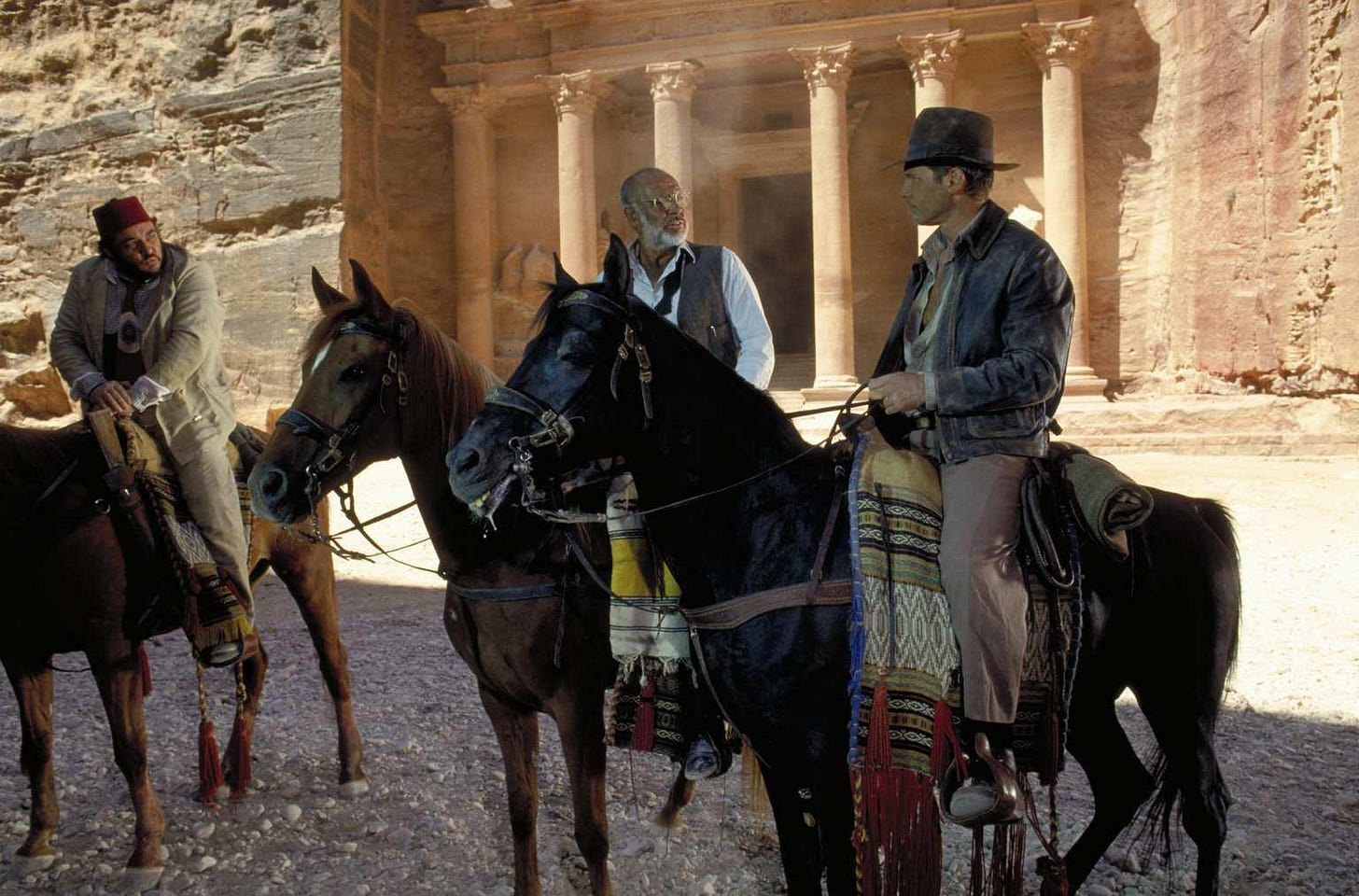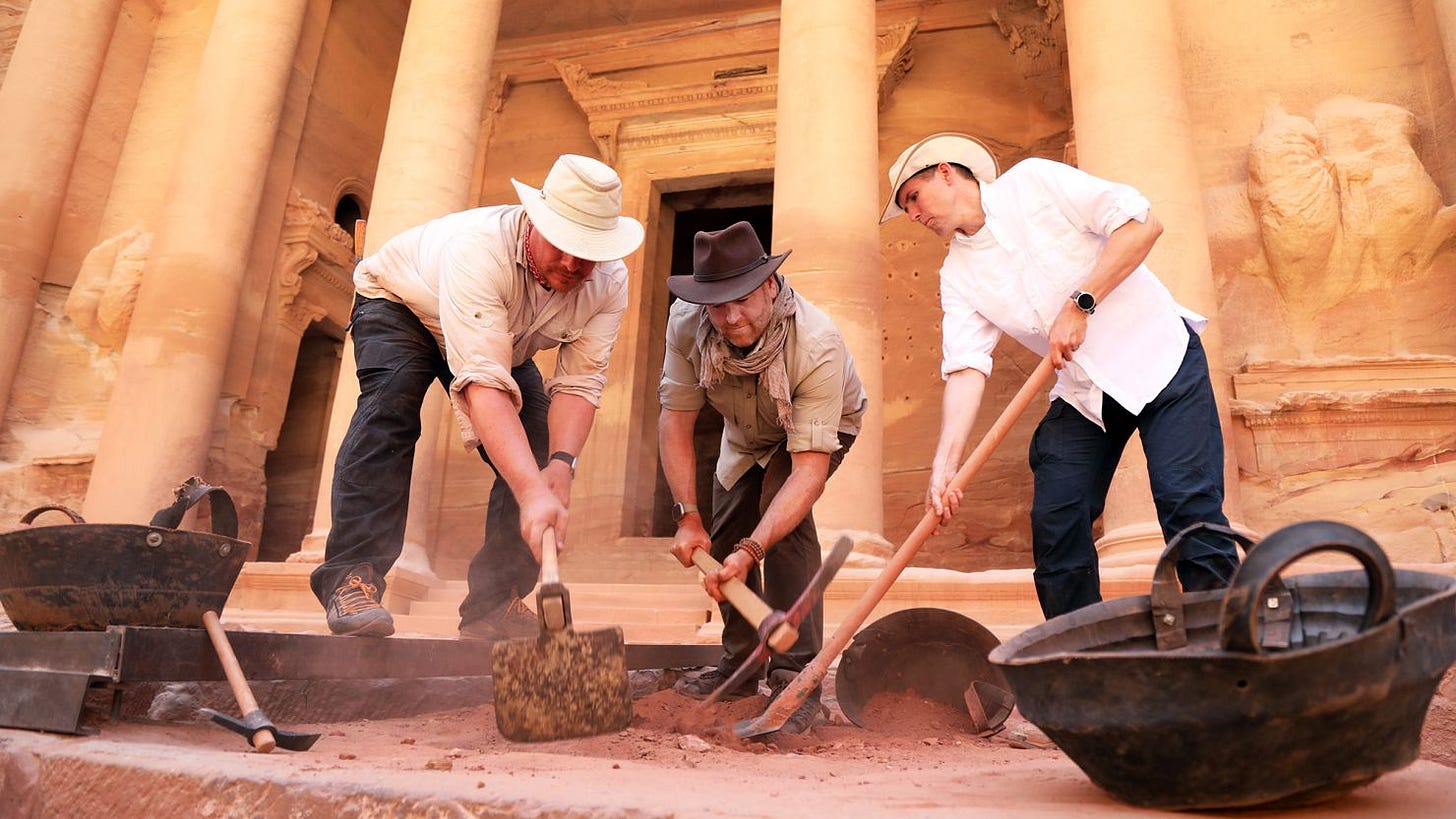Sensationalism in Archaeology and Pseudoarchaeology: Is it doing any harm?
Opinion
I have been thinking about writing this article for quite some time now, although, I wasn’t entirely sure how I was going to begin. But in the light of a recent discovery of underground tombs in front of the Treasury in Petra, I felt that now may be a good time to do so.
What is sensationalism in the context of archaeology? Well, in short, to appeal to a more general (and often) commercial audience, the media (which includes television documentaries, news outlets, book publications, video games and movies) will often make sensational claims which will eventually spread across mainstream media channels. Usually, the topics covered will adopt mystery or click-baiting themes.
Let us take a step back for a moment and realize that this type of reporting is not limited to archaeology. In fact, we see it even outside of the sciences. Yes, archaeology is a science and like many other sciences, it is an evolving one. Which means that over time, methodologies adopted in both the field and the lab have evolved over time to produce new and more accurate results. That means that an interpretation of discoveries made a century ago, may not valid today.
Back to our recent discovery though, a career adventurer, Josh Gates, with a popular history-focused television program named Expedition Unknown was on site at Petra for an episode, participating in a dig in front of The Treasury or Al-Khazneh. Shortly after the episode aired across US airwaves (technically, cable television), news outlets began to report an amazing discovery of tombs discovered at Indiana Jones grail temple, etc. And if you have never seen Indiana Jones and the Last Crusade, this exact temple plays a very prominent role in the film. It was difficult to miss the “click-baitiness” of the announcement on the Internet.
It should not come as a surprise that the discovery was met with mixed reactions. Some camps were excited to read about something “big and new” in the field of archaeology while others were upset or disappointed that (1) other not so sensational discoveries have not been getting the attention that they deserve and (2) a television host without an archaeological degree was part of the discovery.
It is this author’s opinion that regardless of the conditions in which the discovery was made, we should all be excited. But let us take another moment to first understand why the other camp exists. Archaeology is not a glamorous career. Not only does it involve many years of [expensive] schooling but it also requires extensive [and dirty] fieldwork which in many cases may never yield anything considered exciting for a general audience. Note that the term exciting is relative here. What I find to be an exciting archaeological find may not reflect what you deem to be exciting. Also, digs at archaeological sites can span multiple dig seasons before anything substantial is discovered. It is a very time consuming process and patience is key.
Keep reading with a 7-day free trial
Subscribe to Digging Up The Past to keep reading this post and get 7 days of free access to the full post archives.




